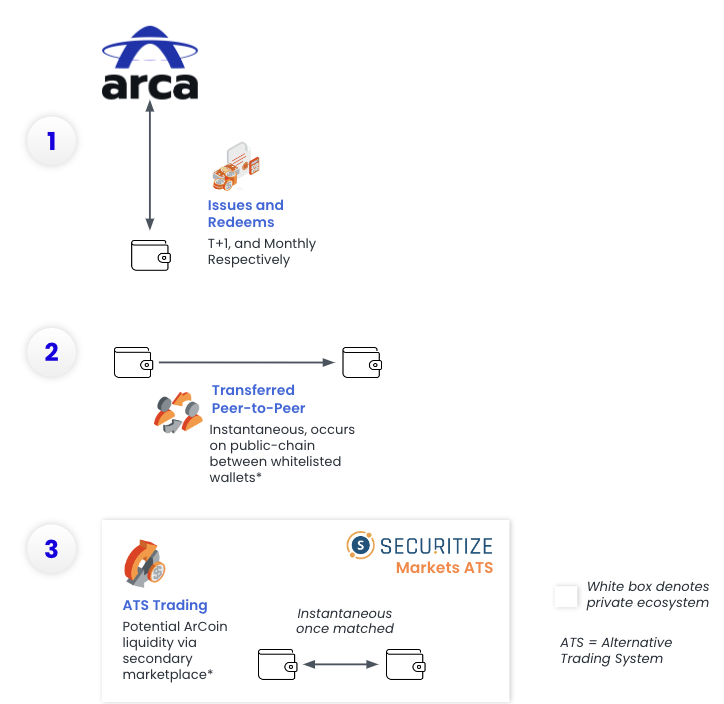Research Summary
The report discusses the Ethereum All Core Developers Consensus Call #126, where key Ethereum Improvement Proposals (EIPs) were discussed for the upcoming Electra upgrade. The report also highlights the ongoing development and refinement of Ethereum’s protocol, the potential for more trustless staking pool designs, and the need for more efficient data availability solutions.
Key Takeaways
Ethereum Improvement Proposals for Electra Upgrade
- Confirmed EIPs: EIP 6110, EIP 7002, and EIP 7549 were confirmed for inclusion in the Electra upgrade. These proposals aim to improve validator deposits, enable execution layer-triggerable exits, and move committee index outside attestation, respectively.
- Deferred EIPs: Discussions on EIP 7251, EIP 7594, and SSZ-related EIPs were deferred to the next ACDC meeting due to time constraints. These proposals indicate the ongoing development and refinement of Ethereum’s protocol.
- Excluded EIPs: EIP 6914 and EIP 7547 were not prioritized for Electra, with developers opting to keep the upgrade narrow in scope for a targeted implementation on the mainnet by the end of the year.
Stake Consolidation and Validator Set Size Growth
- EIP 7002: This proposal, considered controversial and complex, addresses the issue of validator set size growth in Ethereum. It introduces a feature for in-protocol stake consolidation allowing validators to merge stakes with minimal reward loss.
- Stake Consolidation Impact: Major staking providers like Lido, Coinbase, and Figment support the design of EIP 7002, which would only result in reward loss for 256 epochs (approximately 27 hours) during stake consolidation.
Transaction Censorship and Block Builders
- EIP 7547: Authored by Neuder and others, this proposal aims to improve Ethereum’s censorship resistance by allowing validators to forcibly include certain transactions in a block, addressing the issue of transaction censorship by block builders.
- Transaction Censorship Statistics: Over 67% of block builders are currently censoring transactions, and more than 90% of validators receive blocks from third-party builders, highlighting the need for EIP 7547.
Data Availability and Scaling Efforts
- EIP 7549: This proposal, presented by Ryan, is designed to extend the scale of EIP 4844, targeting more than the current 3 blobs per block without requiring consensus changes or a hard fork.
- Increased Demand for Blobs: Feist highlighted the growing demand for blobs from Layer 2 protocols post-Deneb activation, noting a tenfold increase in the past year and the urgency for more efficient data availability solutions.
Staking Reward Curve and Inflation
- Research on Staking Reward Curve: Ethereum Foundation Research’s Ansgar Dietrichs brought up a research post by colleague Anders Elowsson on proposed changes to the staking reward curve, indicating ongoing research and potential future adjustments to Ethereum’s staking incentives.
- Staking Reward Reduction: Elowsson’s research suggests that a reduction in rewards on the Ethereum network could be a viable strategy to mitigate inflation and slow down the growth of the validator set size.
Actionable Insights
- Monitor the Implementation of Confirmed EIPs: Keep an eye on the implementation of EIP 6110, EIP 7002, and EIP 7549 in the Electra upgrade. These proposals could significantly impact Ethereum’s protocol and its performance.
- Understand the Implications of EIP 7002: Research the potential impact of EIP 7002 on Ethereum’s validator set size growth and stake consolidation. This could affect the dynamics of staking on the Ethereum network.
- Assess the Impact of EIP 7547: Evaluate the potential effects of EIP 7547 on transaction censorship by block builders. This could influence transaction processing on the Ethereum network.
- Consider the Scaling Efforts of EIP 7549: Understand the implications of EIP 7549 on Ethereum’s data availability and scaling efforts. This could affect the efficiency and capacity of the Ethereum network.
- Review Research on Staking Reward Curve: Review Elowsson’s research on the staking reward curve and potential changes to Ethereum’s staking incentives. This could influence the profitability of staking on the Ethereum network.












